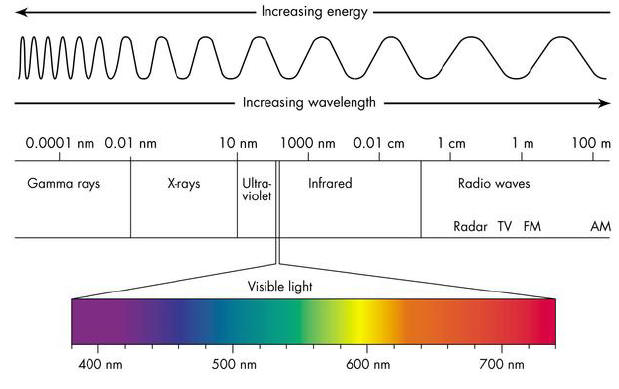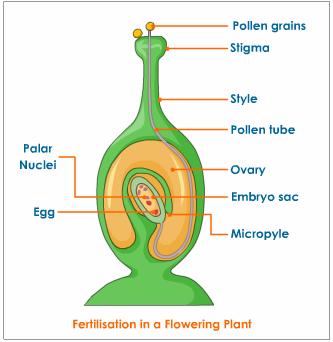STEM: Energy Energised Sabbatical
1) Introduction
http://www.slideshare.net/tohcy/stem-energy-energised-day-1In this sabbatical, we closer study renewable and/or cleaner sources of energy, such as:
1. Biodiesel from vegetable or animal oils and fats
2. Solar Energy
3. Fuel Cells
4. Wind Energy
5. Nuclear Energy
and other energy sources
Throughout the sabbatical, we were exposed to various activities involving these sources of energy.
2) Synthesis of Biodiesel
Through this activity, we learnt how to convert vegetable oil into bio-diesel oil. In this experiment, we converted different brands of vegetable oil into bio-diesel oil and compared the efficiency of the various types of vegetable oil in producing bio-diesel.
We were given a very detailed set of instructions to follow. Our group seemed to be less efficient than other groups, as we misunderstood some steps. Nevertheless, it was an enjoyable as we went though various processes throughout the experiment such as filtration and taking of measurements. Measurement-taking was very crucial here as a misreading could lead to very different results. One group sped through the experiment and got much less bio-diesel than expected, as the teacher later explained that it should have produced the most bio-diesel.
3) Activity: Green Car Race
Objective
Use different alternative source of energy to power the car and compare the efficiency of the sources
The Idea
How does the alternative energy source of energy work?
Electricity is produced by the alternative source of energy to drive the gears. When the gears move, the wheels spin, thus moving the car.
Steps:
1. Build the Car
2. Insert battery
3. Run it!!!
The type of energy sources include solar energy, fuel cells, and wind energy. It turned out that fuel cells worked best as the car was fastest. However, I reflected that this experiment might not be a fair one. For example, the "Wind Car" ran on the energy from the turning of small wind turbines, from the wind from a fan. If more wind energy was supplied, the "Wind Car" might have been faster. The controlled, independent and dependent variables were not clearly stated too.
However, this activity was quite enriching as we learnt how some energy sources could produce electricity.
Electricity is produced by the alternative source of energy to drive the gears. When the gears move, the wheels spin, thus moving the car.
Steps:
1. Build the Car
2. Insert battery
3. Run it!!!
The type of energy sources include solar energy, fuel cells, and wind energy. It turned out that fuel cells worked best as the car was fastest. However, I reflected that this experiment might not be a fair one. For example, the "Wind Car" ran on the energy from the turning of small wind turbines, from the wind from a fan. If more wind energy was supplied, the "Wind Car" might have been faster. The controlled, independent and dependent variables were not clearly stated too.
However, this activity was quite enriching as we learnt how some energy sources could produce electricity.











